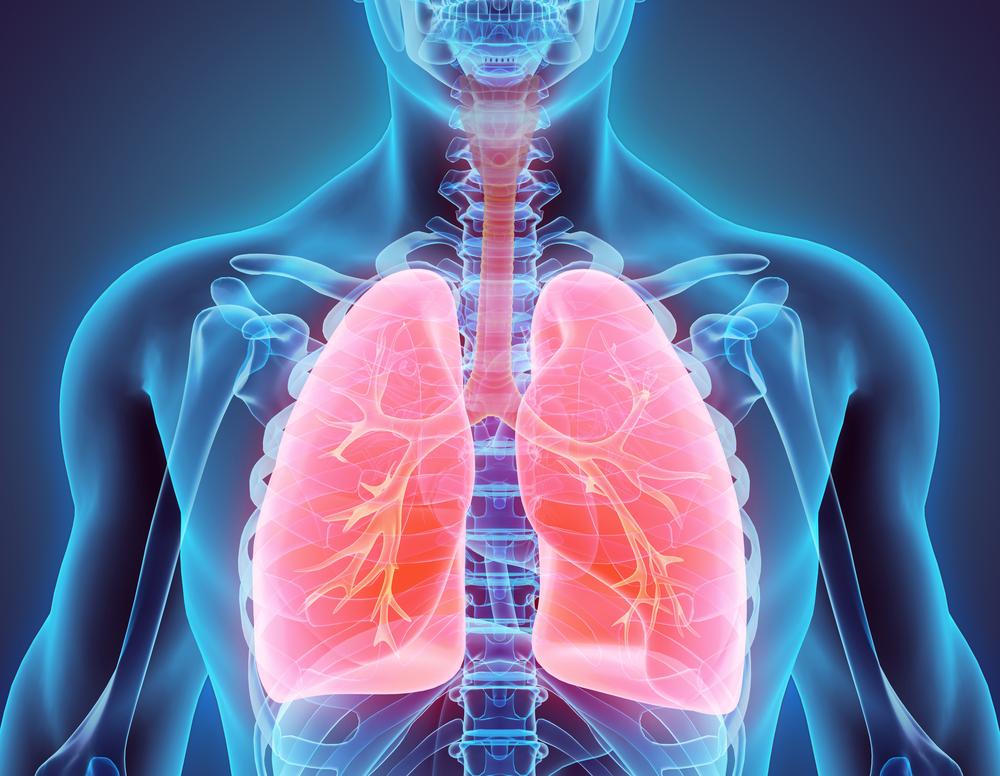Comprehensive Guide to Lung Cancer Stages: From Early Detection to Advanced Disease
This comprehensive article explores the progression of lung cancer, detailing its types, stages, and implications for treatment. Understanding the disease stages—from early detection to advanced metastasis—is crucial for effective management and improving patient outcomes. Early diagnosis and modern therapies play vital roles in increasing survival rates, highlighting the importance of awareness and screening programs.

Comprehensive Guide to Lung Cancer Stages: From Early Detection to Advanced Disease
Lung cancer remains one of the most challenging cancers worldwide, often detected at advanced stages when treatment options are limited. Understanding the progression of lung cancer, from its initial development to its spread within the body, is essential for early diagnosis, effective treatment planning, and improving patient outcomes. This detailed overview explores the different types of lung cancer, their stages, and what they signify for prognosis and therapy.
Lung cancer primarily originates when abnormal cells in the lungs begin dividing uncontrollably, leading to tumor formation. There are two main types of lung cancer: small-cell lung cancer (SCLC) and non-small-cell lung cancer (NSCLC). These classifications are vital because they influence treatment options, growth patterns, and prognosis.
Non-small-cell lung cancer (NSCLC) accounts for approximately 80-85% of all lung cancer cases, making it the most prevalent form. This type arises from different cell types in the lung lining, with about 30% of NSCLC cases originating from cells that line the body's surfaces, such as the mucous membranes. NSCLC generally progresses more slowly than SCLC, which makes early detection more feasible and improves the chances of successful treatment.
Small-cell lung cancer (SCLC), although less common, represents around 15-20% of cases. SCLC is characterized by its rapid growth rate and tendency to spread quickly beyond the lungs. Its aggressive nature often necessitates chemotherapy and radiation therapy as primary treatments. SCLC tends to metastasize early, which complicates treatment and often leads to poorer prognoses. Interestingly, some tumors can contain both SCLC and NSCLC cells, complicating the diagnosis and management strategies.
Understanding the staging of lung cancer is critical because it determines the extent of disease spread, guides therapeutic decision-making, and helps predict patient outcomes. Early detection plays a pivotal role because lung cancer often remains asymptomatic in the initial stages, making screening and awareness essential components of combating this disease.
For NSCLC, the stages are classified from I to IV, reflecting tumor size, lymph node involvement, and distant metastasis:
Stage I: The cancer is limited within the lung and has not spread to lymph nodes or other parts of the body. At this stage, surgical removal of the tumor can be highly effective, with a significantly improved prognosis.
Stage II: The tumor may have grown larger and begun invading nearby tissues or lymph nodes within the same side of the chest. Treatment often involves a combination of surgery, chemotherapy, or radiotherapy.
Stage III: The cancer has extended toward the center of the chest, involving lymph nodes on the same side or both sides of the chest. Stage III is subdivided further into IIIA and IIIB, depending on the extent of spread—these stages often require more aggressive treatment approaches, including combined modality therapy.
Stage IIIA: Tumor involves lymph nodes on the same side of the chest as the primary tumor but remains potentially resectable with surgery in some cases.
Stage IIIB: Cancer has spread to lymph nodes on the opposite side of the chest or to nearby structures, making surgical removal less feasible. Chemoradiotherapy becomes the mainstay of treatment at this stage.
Stage IV: The cancer has metastasized beyond the lungs to other organs such as the brain, bones, liver, or adrenal glands. This advanced stage generally requires systemic therapies like chemotherapy, targeted therapy, or immunotherapy to control disease progression.
SCLC is typically classified into two stages based on the extent of spread: limited and extensive. This classification is crucial for clinical management and prognosis.
- Limited Stage: The cancer is confined to one lung, involving nearby lymph nodes. Treatment usually involves chemotherapy combined with radiation therapy, often with curative intent if diagnosed early.
- Extensive Stage: The disease has spread beyond the primary lung site to the other lung, fluid surrounding the lungs (pleural effusion), bone marrow, brain, liver, or distant organs. The prognosis is generally poorer, and treatment focuses on systemic therapies to palliate symptoms and extend quality of life.
Accurate staging is vital not only for selecting appropriate treatment strategies but also for determining prognosis. It helps clinicians communicate effectively with patients about expected outcomes and potential survival rates. Since early diagnosis is challenging due to the absence of specific symptoms in initial stages, screening programs such as low-dose CT scans have become increasingly important for at-risk populations.
In conclusion, understanding the intricacies of lung cancer stages—from initial development stages to advanced metastatic disease—provides essential insights into disease management. With advances in diagnostic imaging, biomarker identification, and targeted therapies, the outlook for lung cancer patients continues to improve. Early detection remains the key to increasing survival rates, emphasizing the importance of awareness, regular screenings, and prompt medical attention.





